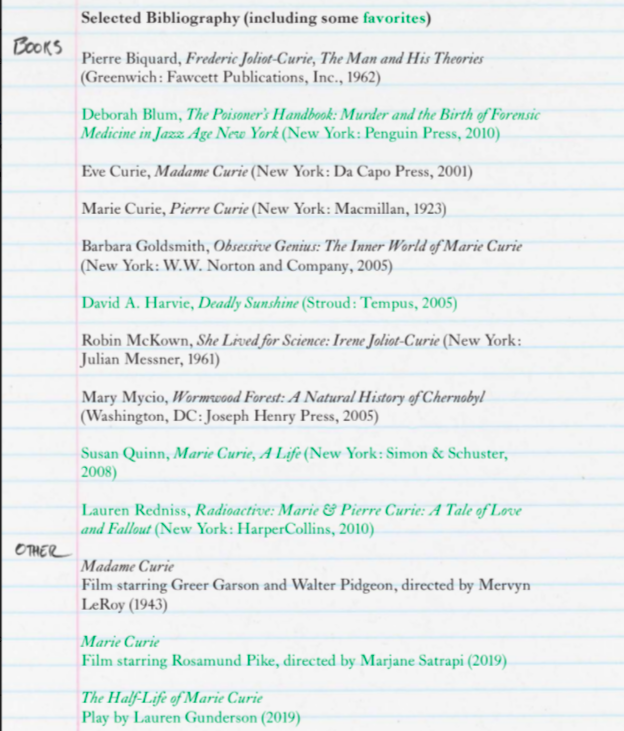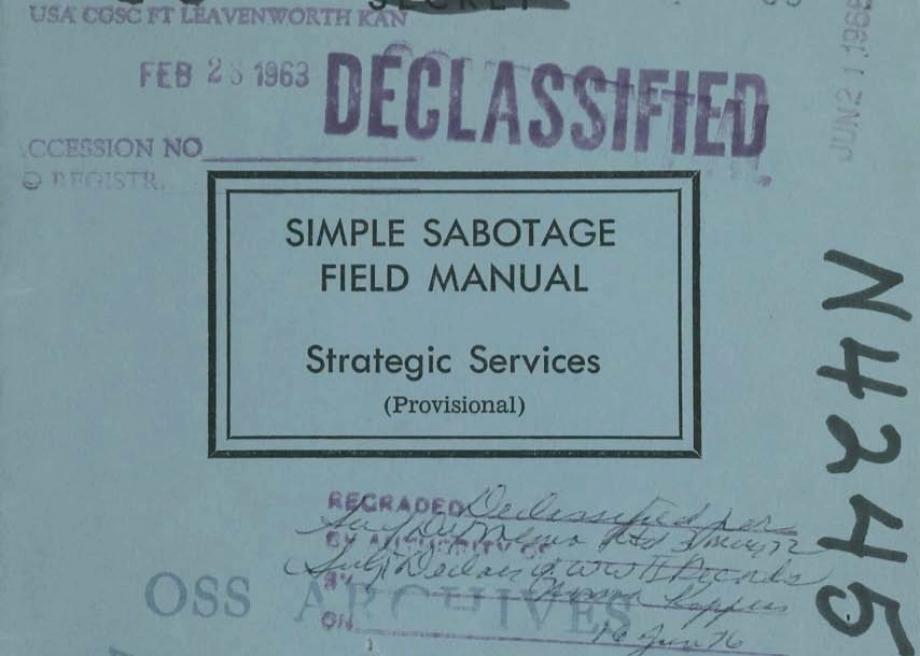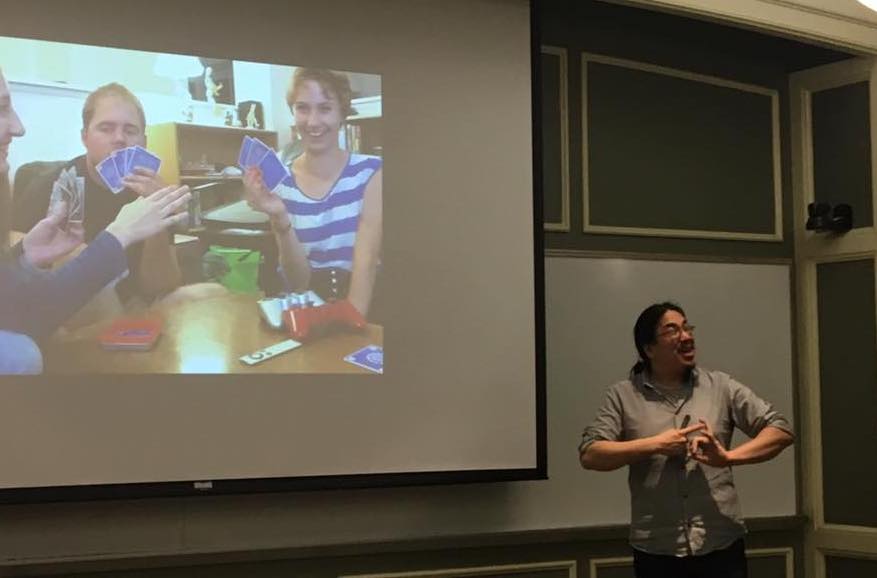Rock critic Lester Bangs described bubblegum pop as “the basic sound of rock ’n’ roll – minus the rage, fear, violence and anomie.” The short-lived genre had its roots in the Please Please Me era of the Beatles’ minus the sex and the sarcasm. But from the Beatles we can trace a pretty solid path to the Archies. Not that we deserved this band as an inevitability, but the cartoon concoction is one of a thousand variants from that infectious strain of post-war pop.
The Archie’s lasting legacy is one single: the bonafide earworm, “Sugar Sugar.” Written by Jeff Barry and Andy Kim, it was a real number one single (it knocked the Rolling Stones’ “Honky Tonk Woman” off the throne in 1969) sung by a completely fake band, namely the cast of Archie Comics, the five or six perpetual teenagers that have been around since 1941.
How we got there, we must go back to the Beatles. Once the Fab Four had started to quickly outgrow their innocent image, King Features turned the four into a Saturday Morning cartoon show in 1965 so their Richard Lester-inspired antics could continue apace. This then led producers Bob Rafelson and Bert Schneider to ask themselves: why use the Beatles when America could manufacture its own? The Monkees were born in 1966: three Americans and one Brit sorta-moptops who starred in a sitcom based around their own hilarious, failed attempts to be as good as John, Paul, George, and Ringo. Music Supervisor Don Kirshner came from a career at the Brill Building, launching the careers of Neil Diamond, Carole King, and Tony Orlando, and on the Monkees, he was in charge of seeking out songwriters for the group, along with studio musicians, calling in the band to sing only when necessary. This led to “Last Train to Clarksville” (Boyce and Hart), “Daydream Believer” (John Stewart) and “I’m a Believer” (Diamond), all solid hits. But that dismissiveness of the actors’ own talents led to tensions in the band, especially Michael Nesmith, who had his own country-leaning interests. Upon hearing “Sugar, Sugar” as a possible Monkees song, Nesmith absolutely refused. “It’s a piece of junk,” he told Kirshner. “I’m not doing it.”
Kirshner returned home knowing that the song could be a hit. His son Ricky was reading Archie comic books, and the idea formed-—why not turn the comic into a band, and have them perform the single. (The rights for the Archie characters at that time were very affordable.)
So take a rejected Monkees song, add a bit of Beatles-style, cheapo animation, and a guaranteed promotion machine (television) and “Sugar, Sugar” turned into a hit. Initially reluctant to play a fake band, pop radio started playing the single two months after its initial release, from May to July, and it would go on to spend 22 weeks in the chart, four of them at Number One. It was Billboard’s Number One song of the year for 1969, a year better known for the crumbling of the Summer of Love. Rape, murder, it was just a shot away. But so was that “candy girl” and that “honey, honey” and why wouldn’t people choose the latter?
The Archies released five albums in total, only the first featuring the comic characters on the cover. But they all continued in the bubble gum vein, written by a small stable of songwriters such as Ritchie Adams, Jeff Barry, Robert Levine, Gene Allen, and others. Rob Dante sang the lead vocals; Toni Wine sang both Betty and Veronica (the latter had the higher register).
Unlike the Monkees, who embraced the pop psychedelia in the culture and put out a grand folly of a movie called Head (with Frank Zappa! and Ringo Starr!), the Archies just kept banging out bubblegum until it turned into sunshine (the name of their third album) and the fad had passed. Fifty years later, “Sugar, Sugar,” remains a good pop song. Wilson Pickett even covered it, injecting some much needed soul into the proceedings.
The idea of a fake, cartoon pop group has never gone away. In fact, Damon Albarn’s Gorillaz project (which has been around for some 20 years now!) showed the benefits that can be had when cartoons take over the image and let the musicians work in the background. Can we give the Archies some of the credit? Chew on that, why don’t ya.
Related Content
The Beatles Saturday Morning Cartoon Show (1965–1969)
Salvador Dalí & Walt Disney’s Short Animated Film, Destino, Set to the Music of Pink Floyd
Ted Mills is a freelance writer on the arts who currently hosts the Notes from the Shed podcast and is the producer of KCRW’s Curious Coast. You can also follow him on Twitter at @tedmills, and/or watch his films here.















